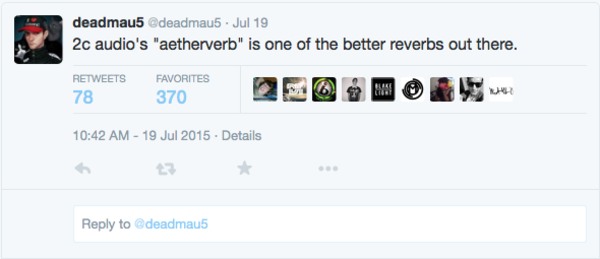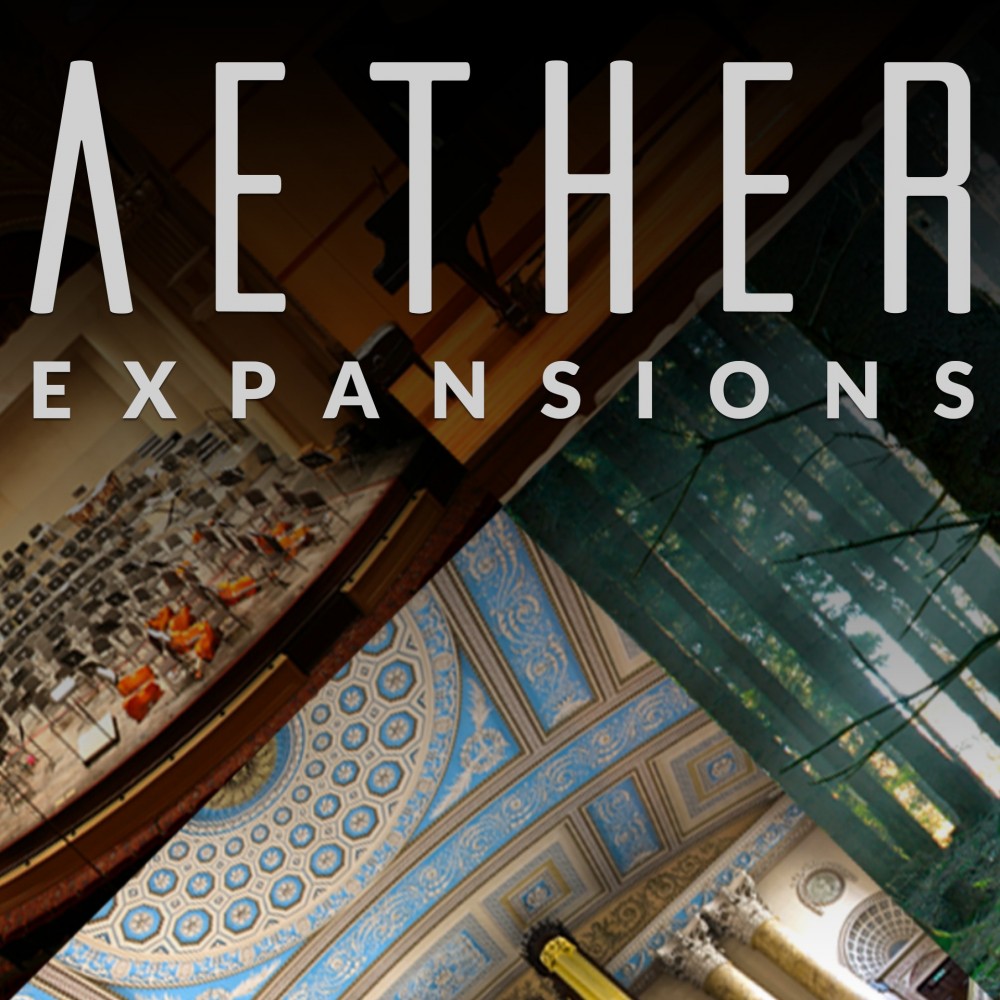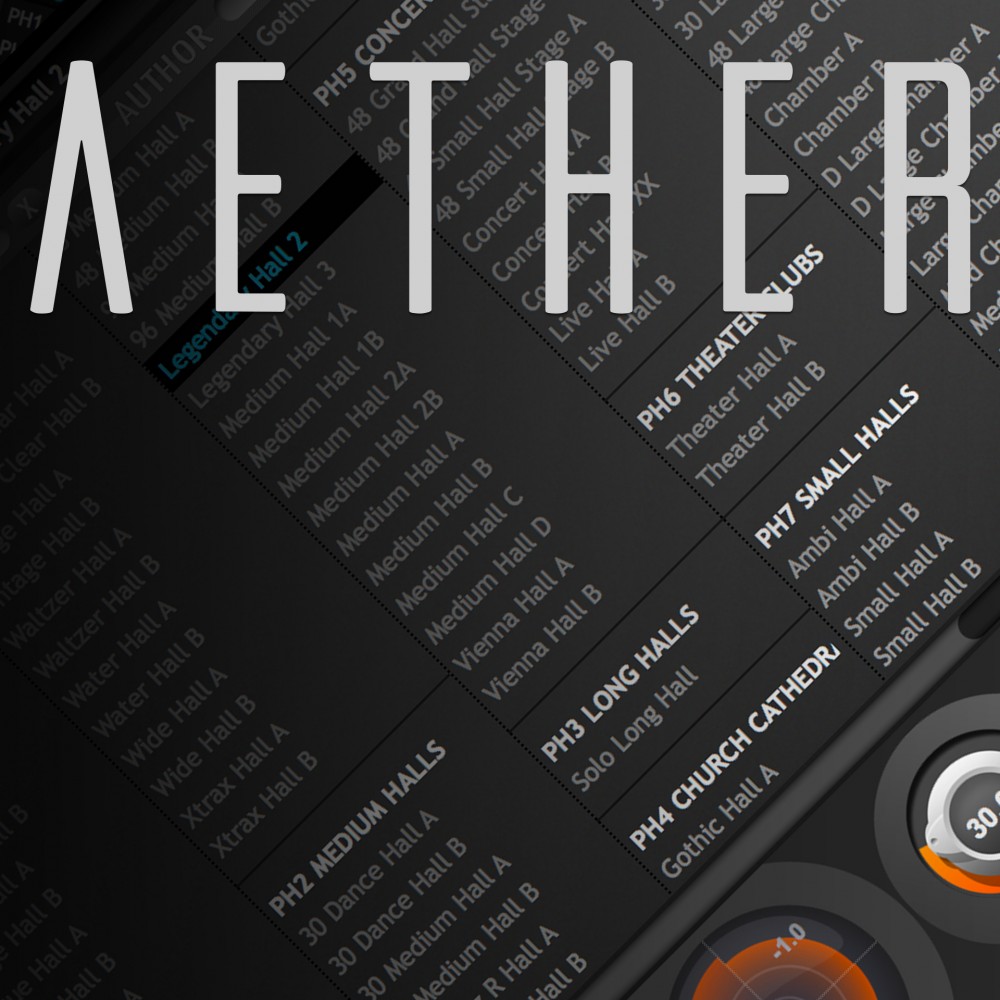
Aether mathematically calculates and subtly randomizes these ER delay patterns in pure floating point precision based on an incredibly complex algorithm that is designed to accurately mimic physical reality.

The early reflections stage provides discrete delay patterns, which provide spatial cues that identify the nature of the given acoustic space. Aether's approach does not simply sample one static picture in time, but rather captures the complete subtly of the dynamic chaotic processes found in life and it retains all the detail and organic feel of these processes.Īether's algorithm is conceptually divided into two parts: Early Reflections, and Late Reflections. A lake in the real world is unlikely to spontaneously develop waves the size of those found in the ocean, but it is never quite as still as a picture either. It is like a picture of a lake, versus the lake itself.

A sampled impulse response of a real acoustic space, can be quite accurate for that particular moment, but it tells only part of the story. Thus, acoustic space itself is alive in the real world and is constantly shifting, morphing, and evolving to produce a complex array of potential impulse responses. The same is true in real world acoustical spaces as well: a building's acoustical character may vary slightly depending on several factors such as its current occupancy, and even more subtle things such as the current temperature and humidity. Unlike convolution reverbs, Aether is not a static process, and no two instances of Aether are ever exactly the same.

Suitable for use in tracking and performance.


 0 kommentar(er)
0 kommentar(er)
